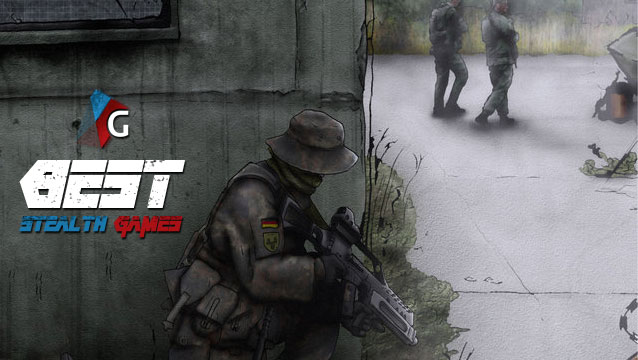

Japanese text adventure games – often called “visual novels” in their native land – haven’t really found a huge audience in the US. Branching-path, almost completely text-based narratives don’t seem to hold much merit to a gaming crowd that predominantly prefers to shoot whatever moves on its screen. It seems odd, then, that Aksys would opt to bring 999: Nine Hours, Nine Persons, Nine Doors out in North America – the mix of a novel’s worth of text exposition and “room escape” style puzzles doesn’t seem like a fit for our market. But when someone actually plays 999 with an open mind, they’ll be glad Aksys made the effort to localize this stellar title.
999 is the story of nine seemingly random people who wake up to find themselves trapped on a sinking ship by an enigmatic figure named Zero. Taking control of hero Junpei – one of said nine unfortunate souls – the player has 9 hours to figure out a way to escape. This involves going through a maze of numbered doors, but said maze can actually kill the characters unless they play by the exact rules of Zero’s bizarre “Nonary Game.” Every door that opens raises the stakes, and as tensions build, nobody can be trusted.
Players will need to escape the various rooms they encounter by solving a series of puzzles in classic adventure game style. In between puzzles are text-based story sequences that elaborate more on the characters and the situation they’re in, allowing the player to piece together the sinister secrets behind the deadly game.
If the quality of either the story or the puzzles was poor, 999 would be deep-sixed for sure. However, both of these elements are excellently done. The puzzles can be very challenging, but don’t require huge leaps of logic to solve like notorious adventure games of the past. The game presents hints to you in a very natural-feeling way, generally allowing you to get past any obstacle with a bit of critical thinking prowess. The story sequences, while often lengthy, are presented like a high-quality thriller novel – you’ll eagerly await each character revelation and tense as you open a door to see what potential horrors may lie beyond. 999 is one of few M-rated games on the DS, and while the game’s illustrations aren’t very graphic, some of the text descriptions are stomach-churning in a way images can’t match – it’s often disturbing in ways that go beyond mere shock images.
During dialogue sequences, you’ll be able to make some key choices that determine your path through the game. 999 has multiple endings, most of which turn out very badly for hero Junpei, but reveal key information that helps you piece together the mystery and make informed choices in subsequent playthroughs. In fact, it will be extremely hard to get the best ending without failing at least a few times – it practically requires you to have learned certain revelations from other paths. You can’t keep multiple saves, either, meaning once you make a choice, it’s set. Even then, the true path is fairly well hidden, which some might find frustrating. Subsequent playthroughs of the game allow you to fast-forward through previously read chunks of text (which still takes a while, especially during the massive info dump near the game’s beginning), but still require you to completely re-do puzzle sequences you may have done before, which is aggravating.
Despite its repetitive replay structure, 999 is a thrilling, thoughtful, and fascinating visual novel that represents some of the best the genre has to offer. If you are averse to reading lengthy reams of text in general, then 999 definitely won’t float your boat. If you’re craving a complex, engaging adventure game, however, 999 should absolutely not be missed.
Dec 2, 2010




 Epic Mickey 2 Walkthrough
Epic Mickey 2 Walkthrough 7 Things That Really Annoy Us About Windows 10
7 Things That Really Annoy Us About Windows 10 Destiny: The Spinmetal material guide
Destiny: The Spinmetal material guide Top 20 Best Stealth Games of All Time
Top 20 Best Stealth Games of All Time How to complete Destiny Earth Strike mission The Devil's Lair
How to complete Destiny Earth Strike mission The Devil's Lair